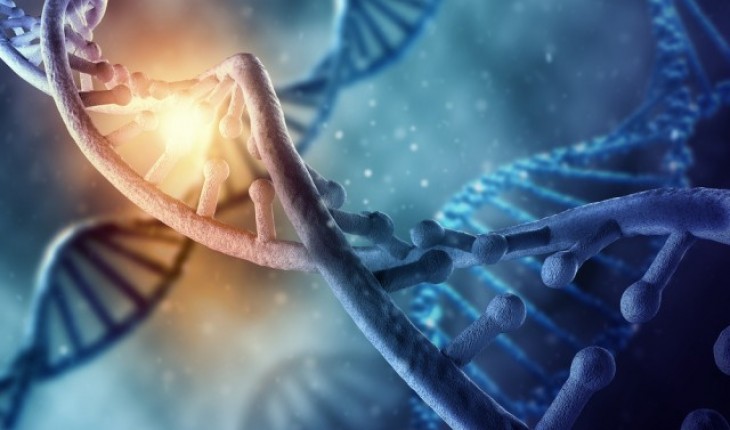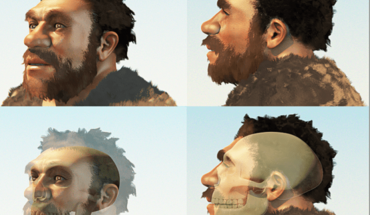photo credit: The switch even improved brain function. Sergey Nivens/Shutterstock
A complex spectrum of disorders, it’s highly unlikely that there’s a single cause for autism. That said, a number of genes have been linked with the condition, so can a bit of genetic tweaking help lessen symptoms? Maybe in the future, a new study suggests, as scientists have now managed to reverse some autism-like behaviors by manipulating a single gene in both young and adult mice, even improving brain function in certain areas.
“This suggests that even in the adult brain we have profound plasticity to some degree,” lead researcher Guoping Feng from the Massachusetts Institute of Technology (MIT) said in a statement. “There is more and more evidence showing that some of the defects are indeed reversible, giving hope that we can develop treatment for autistic patients in the future.”
Called Shank3, the gene contains the instructions for a protein found at the connections, or synapses, between nerve cells across which information flows. As a scaffold, it hooks up receptors for chemical messengers (neurotransmitters) with the inner workings of the cell, helping organize the synapse so that cells can respond to incoming signals. It also helps with the formation of little knobbly bits on neurons called dendrites, which receive synaptic messages.
A small percentage of individuals with autism have been found to be missing the Shank3 gene, and a number of mutations within this gene have also been discovered in those on the autistic spectrum. Exactly how these contribute to the condition remains unclear, although earlier work by Feng has contributed to our understanding. Most notably, deleting Shank3 in mice messed up the synapses in a certain brain region called the striatum, reducing the number of dendrites present, and also led to the development of autism-like behaviors such as deficits in social interaction and repetitive actions.

Mice with Shank3 deletions show aversion to social interaction. Tsyb Oleh/Shutterstock
This time around, the team wanted to delve a little deeper and find out whether it might be possible to manipulate Shank3 and therefore symptoms of autism in adults, since these typically arise at a young age. To do this, they created a neat genetic system whereby they could keep the Shank3 gene switched off in mice until they administered a drug called tamoxifen.
Described in Nature, when they switched the gene on in young adult mice, remarkably their social aversion and repetitive behaviors were reversed. In addition, they saw an improvement in the function of synapses and also a boost to the number of dendrites within the striatum. However, they weren’t able to restore anxiety levels and coordination skills to those typical of adult mice. But if they activated Shank3 when the mice were just 20 days old, they were able to achieve these two outcomes. This indicates that some neural circuits are still malleable even in adulthood, whereas others may be irreversibly wired in a certain way early on in development due to this mutation.
Although Shank3 mutations aren’t implicated in all cases of autism, the study does at least raise the possibility that in the future, with developments in gene therapy technologies, it may well be possible to treat the condition in some, possibly alleviating symptoms even in adults.




